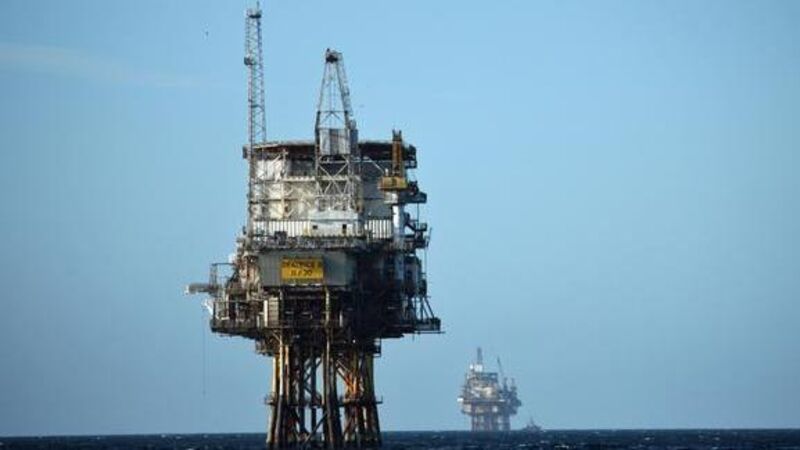After the pain, Opec close to halting US oil

The nation’s production is almost back down to the level pumped in November, when the Organisation of Petroleum Exporting Countries switched its strategy to focus on battering competitors and reclaiming market share.
As the US wilts, demand for Opec’s crude will grow in 2015, ending two years of retreat, the International Energy Agency estimates.
While cratering prices and historic cutbacks in drilling have taken their toll on the US, Opec members have also paid a heavy price.
A year of plunging government revenues, growing budget deficits and slumping currencies has left several members grappling with severe economic problems.
The fact the US oil boom kept going for about six months after the group’s November decision also means Opec has so far succeeded only in bringing the market back to where it started.
“It’s taken a hell of a long time and it will continue to take a long time, US oil production has been more resilient than people thought,” said Mike Wittner, head of oil markets research at Société Générale in London.
“The bottom line is the rebalancing has begun.” Opec abandoned its traditional role of paring production to prevent oversupply last November as a tide of new oil from the US eroded its share of world markets.
The group chose instead to keep pumping, allowing the subsequent price slump to squeeze competitors with higher costs.
Oil remains 33% lower than when Opec revealed its strategy on November 27, trading for $48.38 a barrel yesterday.
US crude production has fallen about 500,000 barrels a day to 9.1m a day in the week to October 9, Energy Information Administration data shows.
The losses will accelerate next year with a drop of 390,000 barrels a day in annual average production to 8.86m barrels a day, according to the EIA.
OPEC’s fortunes will improve as the US declines, with the IEA predicting demand for the group’s crude climbing to 31.1m barrels a day next year from 29.3m in 2014.
“Their strategy is still working for them,” said Miswin Mahesh, an analyst at Barclays in London.
“It means pain now, but in the medium to long term they will reap the fruits of a more balanced market, moderated shale supplies, growing demand for oil and ultimately a higher price.”
The pain has been considerable. The average price of a selection of Opec’s crudes has been about 46% lower this year than in 2014, equivalent to a loss of export earnings of roughly $370bn.
Saudi Arabia, the main architect of OPEC’s new strategy, will have a deficit of 20% of GDP this year. Financial assets may run out within five years if it retains current policies and prices stay low, the IMF said yesterday.












